5 Advantages of a Self-Service Web Portal
Thinking about integrating self-service technologies into your operations? But you are not sure how different self-service portal benefits could fit the specific needs of your business and your audience. And would this investment bring tangible results?
This guide will help you answer these questions. In this post, we will walk you through the 5 major and a few unexpected benefits of self-service portal development for your business and show how they affect your revenue and operational costs. So that you could make an informed decision about investing in web portal development.
A self-service portal is a web portal designed for a specific group of users (customers, partners, employees) to help them find information and perform routine tasks such as scheduling an appointment or submitting a refund request. It’s accessible 24/7 from anywhere and has various functions depending on the purpose of a self-service portal. Some of the most common types of web portals include:
Customer and client portals
This is a wide category of portals adopted by B2B and B2C companies to provide customers and clients with various self-service features, including:
- Account information
- Round-the-clock online support
- Help center, chatbots, FAQ
- Access to products and services
- Contact and feedback tools
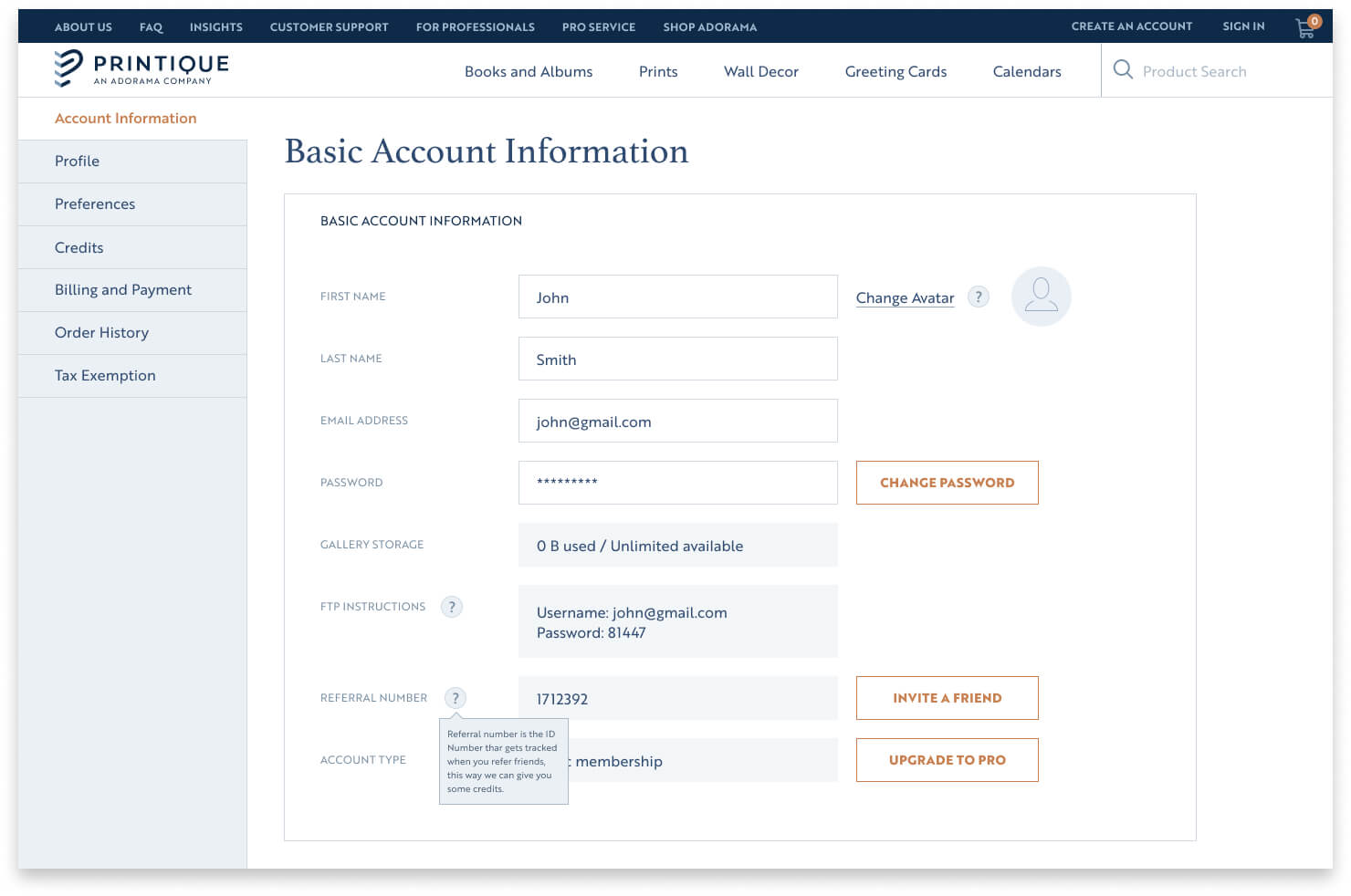
Example: Account information update on a customer portal
Employee portals
Employee self-service portal is a popular tool that helps organizations streamline HR operations and provide staff with easy access to internal information, communication channels, and services. Employee self-service portal capabilities vary greatly depending on the scale of the organization. The most common features include knowledge base, workload management, and various administrative functions like payroll and benefits.
Public and community portals
These portals enable quick and convenient access to important information and services related to community and public activities.
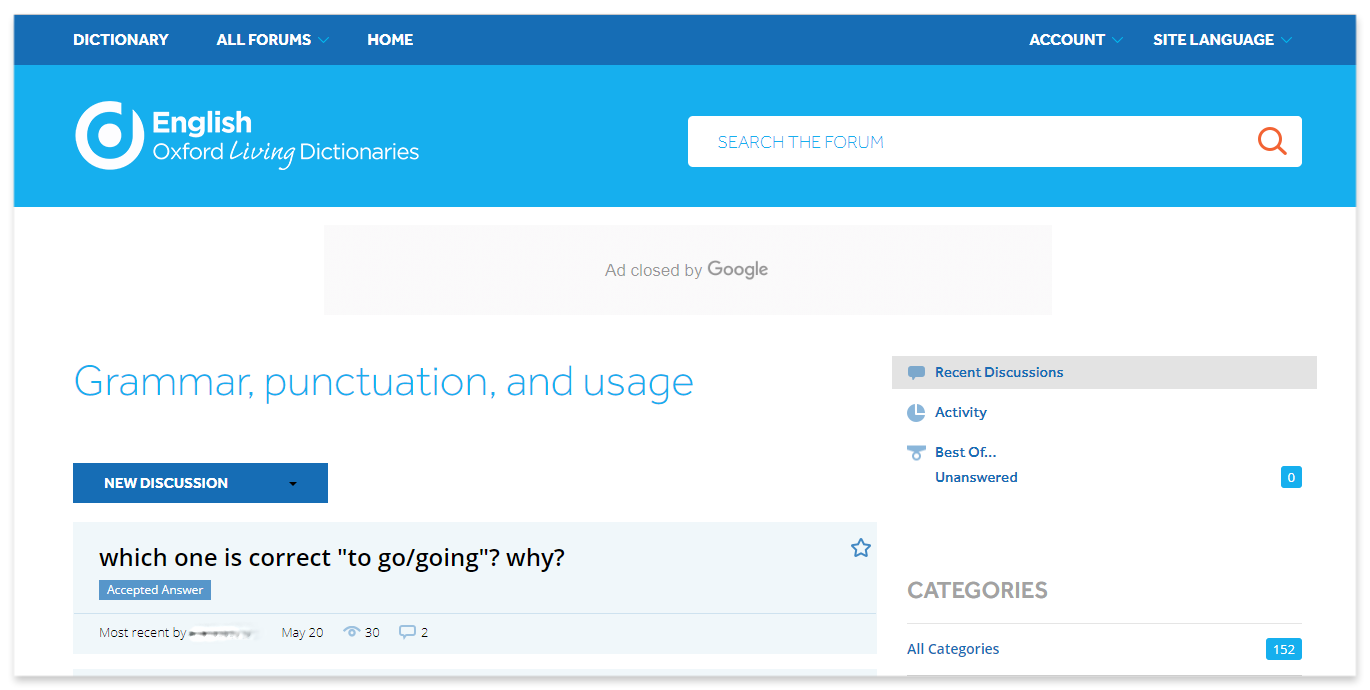
Example: Community portal for language learners
Each of these portals provides different self-service features making it much easier and faster for users to find what they need and solve tasks at hand online. And the benefits of self-service portals only start here.
Boost engagement and retention
It may seem controversial, but giving your audience space and independence will help you boost engagement and increase retention. According to a Zendesk study, 67% of customers prefer self-service options over talking to a representative. No wonder, given that so many companies make their customers yell REPRESENTATIVE 19 times to escape automated customer support calls.
The major benefits of a self-service portal lay in the value it brings to your customers. It helps them save time and effort finding the information or services they need, anytime they need them. Or navigate to a quick solution to simple routine tasks like canceling a delivery or filing a request. And it all results in a happier customer.
73% of customers associate good online service with saving time and appreciate companies that provide time-saving capabilities, according to Forrester.
That is, of course, if a self-service portal is user-friendly and actually helps your customers find answers and resolve issues online effectively. We will talk about this a bit later in the post and give a few tips on how to build a portal with a strong focus on user needs. Now let’s move to other pros of using self-service portals.
Increase brand awareness and loyalty
Positive customer experience fosters loyalty. 77% of customers admit they see brands that provide self-service options more positively, and as a result, are more likely to recommend and refer to their successful experience. And where there is a positive review there is a growing customer base.
This moves us to the next point — how the benefits of self-service company portals affect your revenue, operating costs, and business outcomes.
Expand your outreach
Integrating a web portal into your operations makes you more accessible and discoverable online. It gives your audience a space to connect to your brand. As a result, it becomes a familiar environment where you can upsell or cross-sell your services or products, share insights, or otherwise reach your audience.
Save resources and optimize costs
Companies that offer self-service portals reduced their service costs by around 15% and increased customer satisfaction by 12%, according to the Aberdeen Group. By providing self-help features and a rich knowledge base, you will significantly reduce customer support and labor costs without decreasing the quality of customer experience.
Moreover, you will be able to optimize scalability costs. A well-performing, cloud-based web portal can serve an ever-growing number of users and sustain drastic traffic increases. So you will never have to inflate staff during peak season and will be able to focus your support team’s efforts on customer-centric activities.
These advantages of self-service web portal are equally relevant for employee and partner management, enabling better control over HR and operating costs when your staff and partner network grows.
Empower your customers with effective self-service tools
Level up your customer experience all the while slashing your operating and support costs.
Show web portal servicesGather data and personalize products and services
A self-service portal allows you to better connect with your customers or clients, and understand their pain points, needs, and goals. It gives you data, and data feed business. Leverage this information to provide your audience with a personalized experience, remove their obstacles, and meet their expectations.
76% of customers expect you to understand their expectations and needs, according to Salesforce.
For example, the most frequently used help desk sections or support requests may show you if there’s a gap or friction in your product or service and help you solve it. On the contrary, common customer self-service requests may give you an idea about customer preferences and expectations.
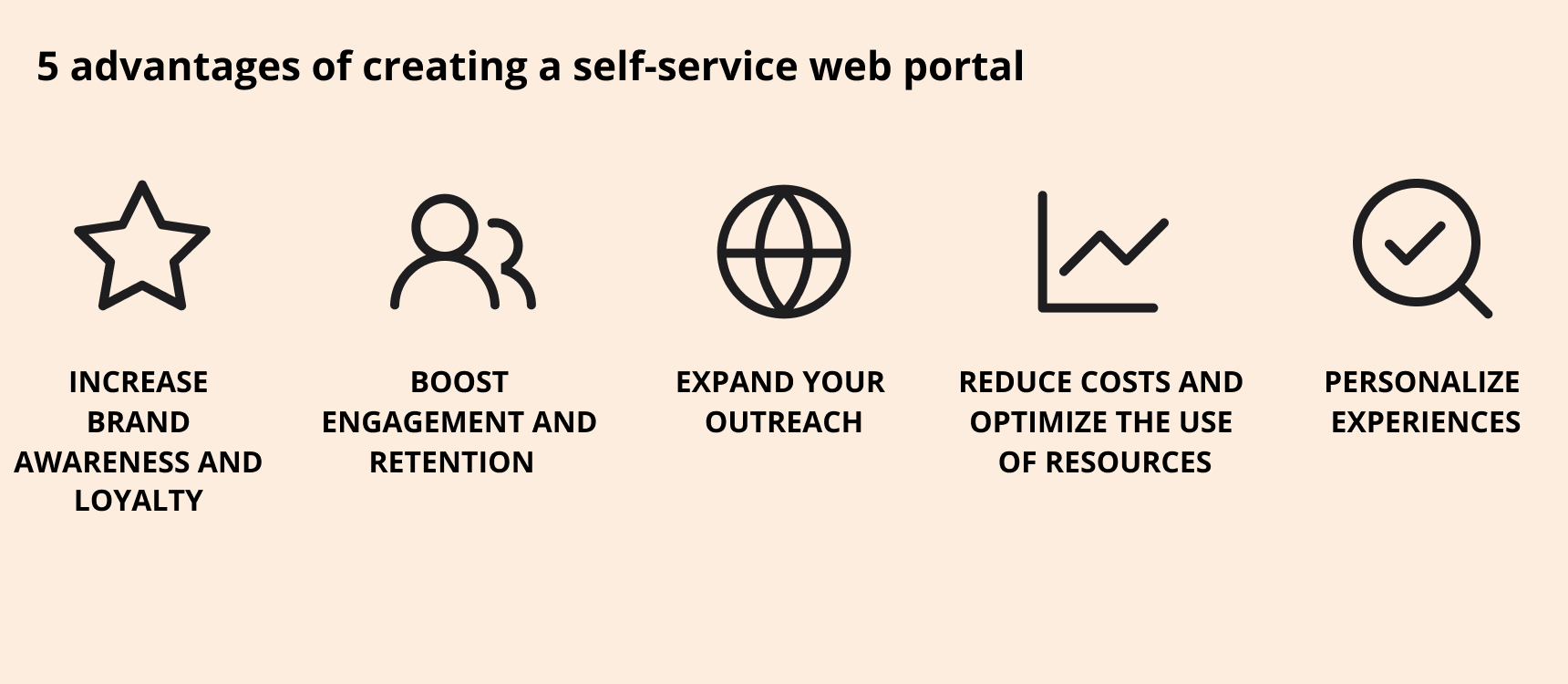
Your self-service portal must be intuitive and easy to navigate to do the job. If users take too much time or too many clicks to find a solution, they drop out or switch to live chat. And none of the benefits of creating a self-service portal we’ve mentioned above will matter anymore. To avoid that:
Focus on user-centered design
User-centered design principles allow you to build digital products and services around your end users, taking into account their expectations, skills, and goals. By including end users in the design process via user research, focus groups, review mining, and real-time and historical data analytics, you will be able to design intuitive journeys and navigation. It will help you pick the right features and workflows and make sure your portal is actually useful.
Personalize user journeys
The key benefit of a well-designed self-service portal is reducing the time users spend to find what they need — get online support, access some information, or send a request. Personalization will help you minimize this time by providing the shortest and most convenient routes for users based on their data and preferences.
Use design patterns and clues
Successful customer experience must be not only effective but also enjoyable and smooth. Use various cues, hints, descriptive placeholders, on-hover controls, and other design elements and patterns to help your audience easily navigate the portal and complete their tasks. It will help you avoid any frustration and cut the learning curve for new users.
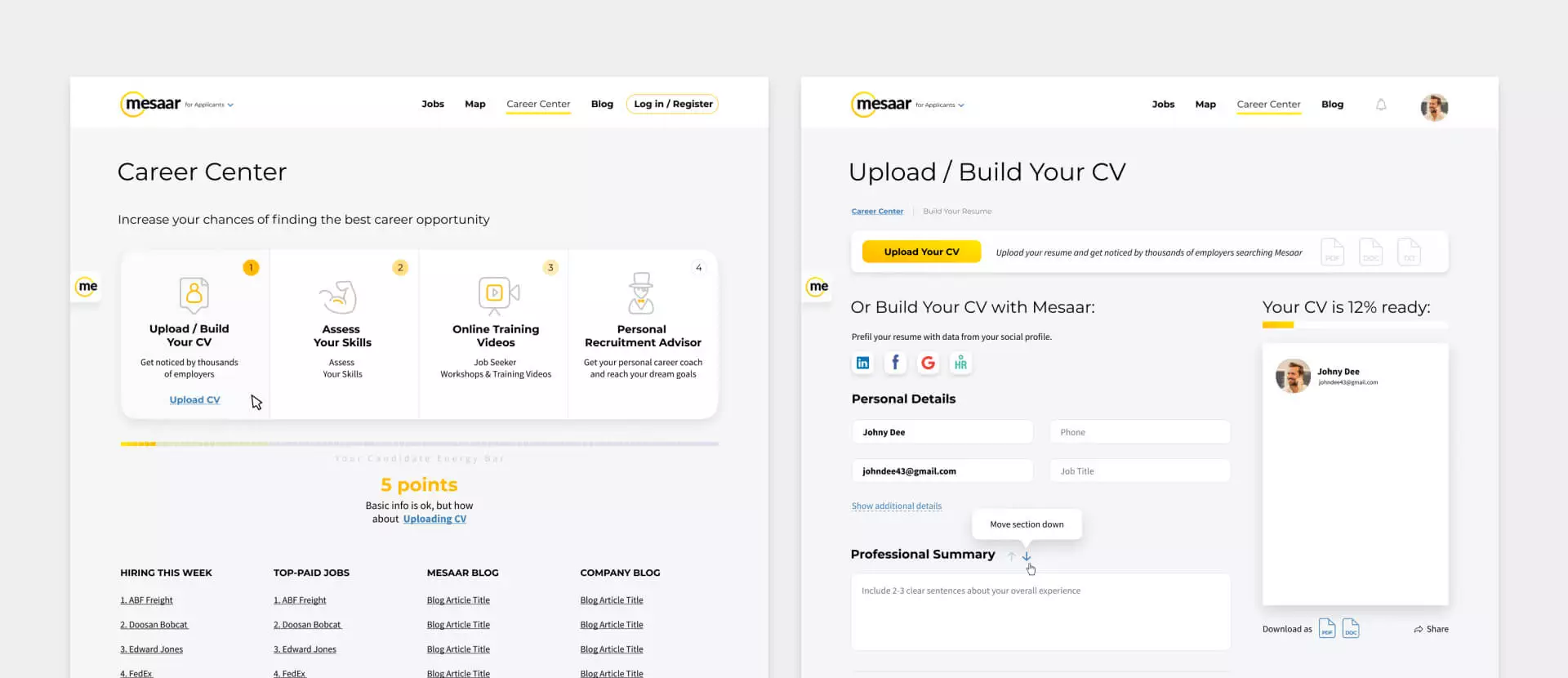
Example: Color coding, microcopy, and cues on a web portal for job seekers.
During over a decade in custom web development, we helped dozens of companies in retail, logistics, healthcare, and HR integrate self-service capabilities into their platforms and services.
- Created an interactive web portal with self-service tools for charities to easily build and run fundraising campaigns across various channels. Read the full story…
- Developed dozens of unique web services and applications for pro and amateur photographers, helping our long-standing client Printique scale up to a leading photo printing provider in the US. Read the full story…
- Designed a feature-rich global portal for HR and talent sourcing equipped with self-service features for job search and career management. Read the full story…
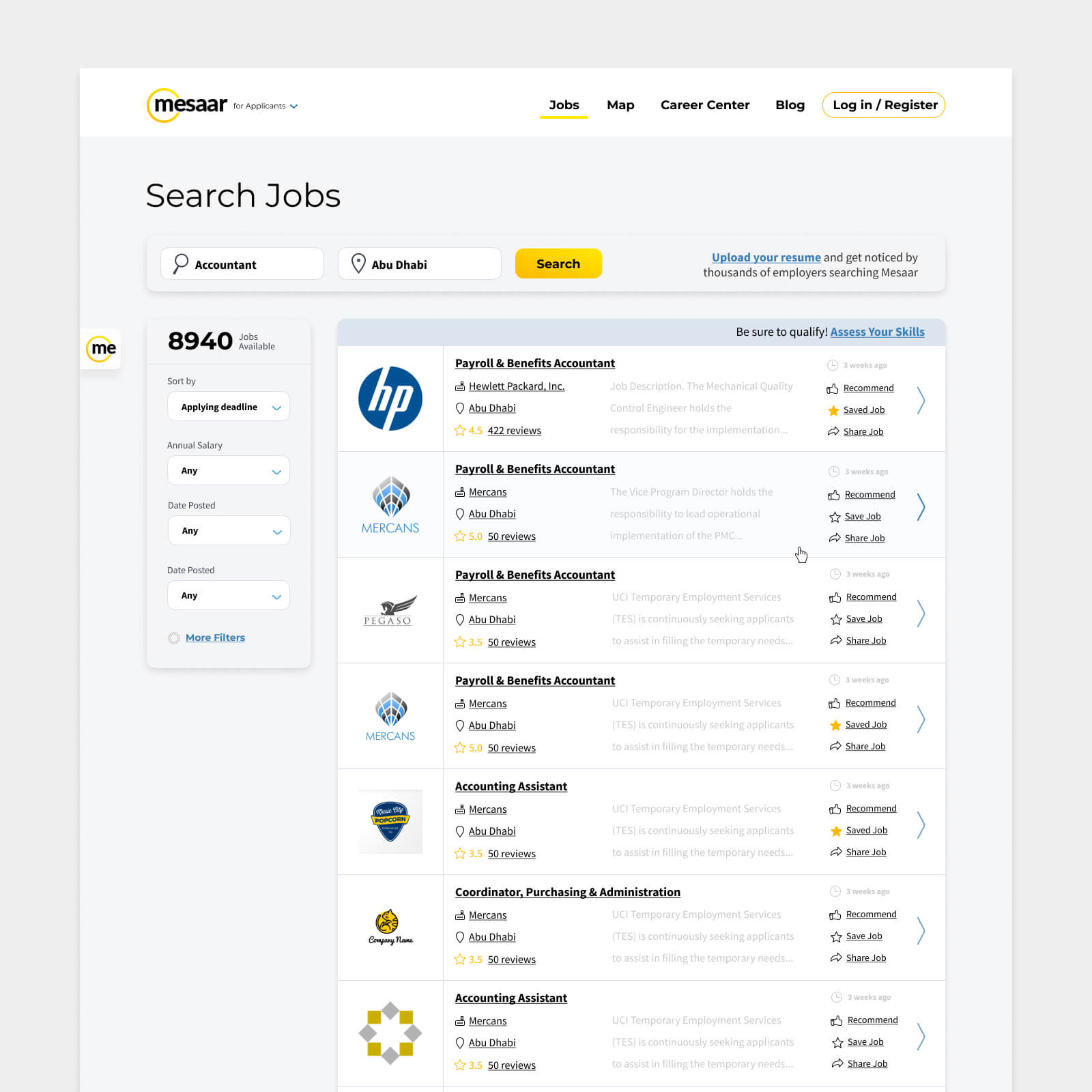
Example: Job portal on an HR and recruiting platform.
We can help you explore the capabilities and importance of self-service portals based on your requirements and develop an intuitive, efficient, and high-performing web portal for your business.
Leverage the benefits of self-service portal
Build a custom self-service portal that perfectly fits your business process and addresses your customers’ needs.
HIRE PORTAL DEVELOPERSQuick wrap-up
- Various organizations, forward-looking companies and self-service businesses integrate web portals to boost customer engagement and retention, increase brand recognition and loyalty, and significantly reduce support and operating costs.
- To fully leverage the advantages of the self-service system, you need to make sure your portal is intuitive, easy to navigate, and helps users find the information or services they need fast and effectively.







